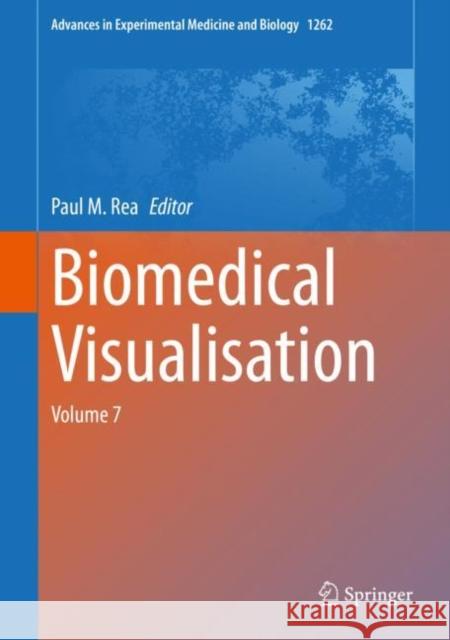Biomedical Visualisation: Volume 7 » książka
topmenu
Biomedical Visualisation: Volume 7
ISBN-13: 9783030439606 / Angielski / Twarda / 2020 / 237 str.
Biomedical Visualisation: Volume 7
ISBN-13: 9783030439606 / Angielski / Twarda / 2020 / 237 str.
cena 605,23
(netto: 576,41 VAT: 5%)
Najniższa cena z 30 dni: 578,30
(netto: 576,41 VAT: 5%)
Najniższa cena z 30 dni: 578,30
Termin realizacji zamówienia:
ok. 22 dni roboczych
Bez gwarancji dostawy przed świętami
ok. 22 dni roboczych
Bez gwarancji dostawy przed świętami
Darmowa dostawa!
Kategorie BISAC:
Wydawca:
Springer
Seria wydawnicza:
Język:
Angielski
ISBN-13:
9783030439606
Rok wydania:
2020
Wydanie:
2020
Numer serii:
000253056
Ilość stron:
237
Waga:
0.63 kg
Wymiary:
25.91 x 19.56 x 1.52
Oprawa:
Twarda
Wolumenów:
01











